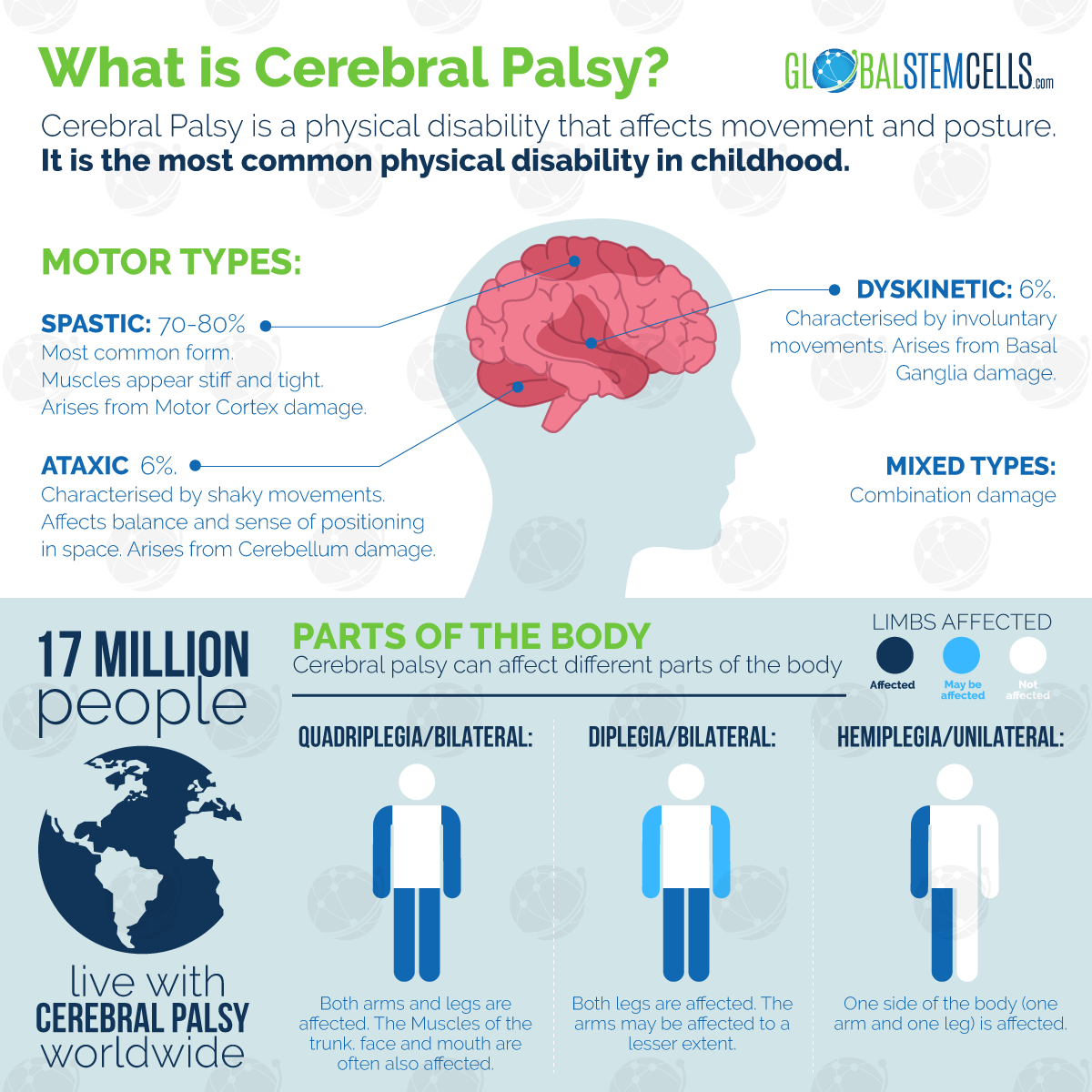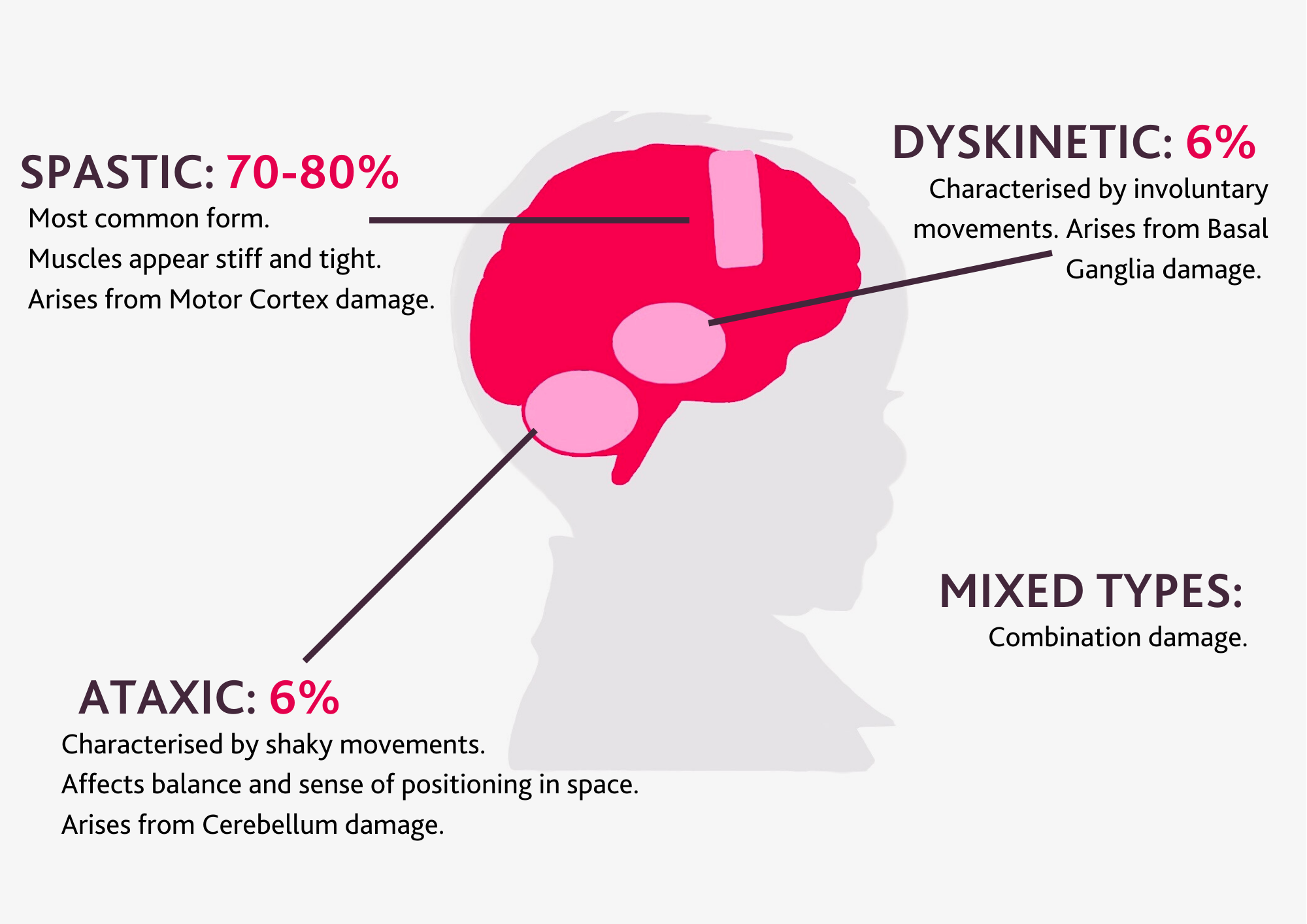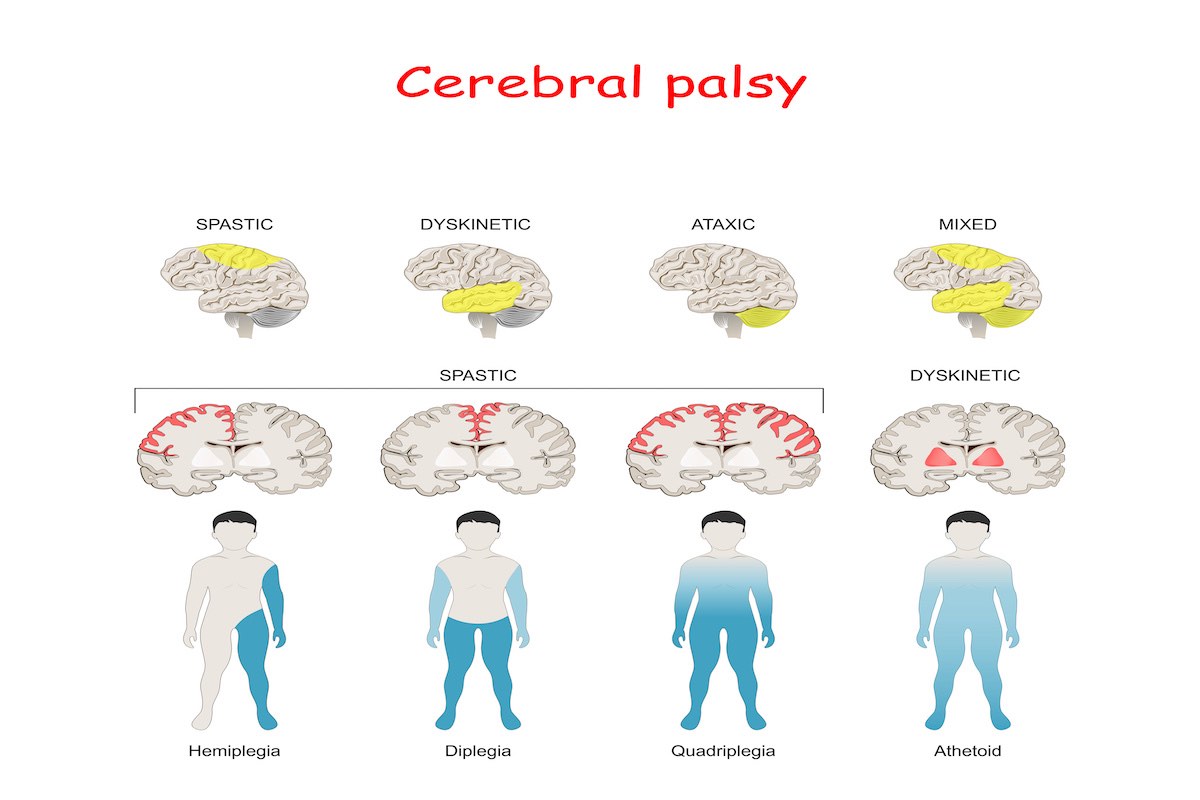Blog 3- Savia Saffo

Cerebral Palsy
By: Savia Saffo
Maysoon Zayid
Comedian, actor, and disability advocate Maysoon Zayid provides a compelling viewpoint on living with cerebral palsy (CP). Due to oxygen deprivation at birth, Zayid was born with CP and has faced several obstacles in her life. She has become a popular speaker in the disability community and a successful entertainment thanks to her tenacity and sense of humor. Through her efforts, Zayid has debunked myths, promoted greater diversity, and brought attention to the harsh realities of living with cerebral palsy.

What Is Cerebral Palsy?
A collection of neurological conditions known as CP first manifest in infancy or early childhood and have a lifelong impact on motor coordination and bodily movement. Damage to or anomalies in the developing brain impair the brain's capacity to regulate movement, maintain posture, and maintain balance, which results in CP (NIH, 2023). Palsy is a term used to describe the loss or impairment of motor function, whereas cerebral refers to the brain. Sometimes throughout embryonic development, the parts of the brain responsible for controlling muscle movement may not develop as planned. In certain cases, the harm stems from brain trauma sustained prior to, during, or following birth. Either way, the impairments caused are irreversible and cause lifelong harm.


- The most typical type of cerebral palsy is spastic. People move awkwardly and with tense muscles. The following are examples of forms of spastic cerebral palsy: Spastic hemiplegia/hemiparesis: this condition usually affects one side of the body, usually the arm and hand, although it can also affect the leg (NIH, 2023). Due to tight heel tendons, children with spastic hemiplegia typically walk later and on tiptoe. Often, the afflicted side's arm and leg are thinner and shorter. Scoliosis is an abnormal curvature of the spine that affects some children. While IQ is typically normal, speech is delayed and may be competent at best (NIH, 2023). The main cause of muscle rigidity in spastic diplegia/diparesis is in the legs; the arms and face are less affected, though the hands may be clumsy. Leg tendon reflexes are overactive. Certain leg muscles that are tense cause the legs to move like scissor arms. Leg braces or a walker may be necessary for children. Language and intelligence tests are typically normal.
- Athetoid, choreoathetoid, and dystonic cerebral palsies are sometimes known as dyskinetic cerebral palsy. This condition is typified by jerky, sluggish, and uncontrollable hand, foot, arm, or leg motions (NIH, 2023). Some kids squirm or drool because of hyperactive facial and tongue muscles. It is hard for them to walk or sit still. Certain kids struggle with hearing, respiratory control, and/or motor coordination—all of which are necessary for speaking. Seldom is intelligence impacted.

- Balance and perception of depth are impacted by ataxic cerebral palsy. Children who have ataxic cerebral palsy frequently walk unsteadily and with a broad gait. They struggle to control voluntary actions like reaching for a book or making fast, precise movements like writing or buttoning a garment.
- The term "mixed types" of cerebral palsy describes a group of symptoms that don't fit into one specific type of the condition (NIH, 2023). For instance, a child with mixed cerebral palsy may exhibit a combination of stiffness and floppiness due to certain muscles being overly tight and others being very relaxed.
Self-Concept and Perceptions
Maysoon Zayid's humor and determination have a big impact on how she views herself. She frequently utilizes comedy to dispel myths regarding cerebral palsy, transforming her personal experiences into impactful, informative, and enjoyable shows. Zayid's good self-concept has been largely attributed to her capacity to accept her condition and use it to her advantage. In light of cultural beliefs and physical restrictions, people with CP frequently struggle with issues of their self-concept (Hutzler et al. 2019). Zayid's method demonstrates how persistence and a nurturing environment can encourage a good self-concept.
Maysoon Zayid's Story
https://www.youtube.com/watch?v=VHZqVg3aUH4
https://www.youtube.com/watch?v=buRLc2eWGPQ
How This Affects Those Coping with the Disability
People who have cerebral palsy frequently learn to live with their handicap by creating supportive social networks and learning to live with their physical limits. Zayid highlights the value of humor and self-advocacy in overcoming day-to-day obstacles. Her experience serves as an example of how coping mechanisms like humor, fortitude, and activism may support people with cerebral palsy in leading happy lives. The quality of life for people with cerebral palsy is considerably enhanced by social support and adaptive coping techniques (Imms et al. 2021). Zayid's experiences demonstrate how well these methods work for handling the impairment's emotional and physical components. Managing different physical, emotional, and social obstacles is part of coping with cerebral palsy. Muscle stiffness, poor coordination, and restricted mobility are common issues faced by people with cerebral palsy. These physical restrictions may make it more difficult for them to carry out everyday tasks and engage in social and professional settings. Social stigma combined with the psychological strain of managing a chronic illness can cause low self-esteem and feelings of loneliness. Building strong self-esteem and self-advocacy abilities is essential for many. Joining support groups, taking part in adaptive sports, and receiving physical treatment can all assist in enhancing physical capabilities and offer emotional support. Zayid's use of comedy as a coping technique emphasizes how crucial it is to identify one's own talents and apply them to overcome obstacles. With the help of humor, people can reinterpret their experiences and lessen the emotional toll that their disease has on them (Papadopoulos, 2020). Humor is an effective strategy for resilience. Furthermore, the importance of community and family support cannot be emphasized. For those with cerebral palsy, participation in community activities and supportive feedback from loved ones can significantly improve their coping strategies. Zayid's advocacy efforts and focus on inclusive practices show how important it is for society's norms and support networks to support the well-being of people with disabilities.
How Disability Impacts Physical Development
Motor abilities and physical development are impacted by cerebral palsy, which frequently results in problems with muscle rigidity, spasticity, and coordination. Zayid has encountered various physical obstacles and learned how to handle them efficiently. She keeps her mobility and independence by using adaptive tactics and physical therapy. Research shows that increasing motor function in people with cerebral palsy requires both early intervention and ongoing physical treatment (Novak et al., 2020). Zayid's proactive effort to maintain her physical well-being emphasizes how crucial these treatments are to raising the standard of living.
How Disability Impacts Psychological Development
Living with CP can be difficult psychologically because of the stigma attached to it and the possibility of social isolation. Zayid's use of humor as a coping strategy emphasizes how important psychological toughness is to overcoming these obstacles. Her ability to turn her experiences into amusing stories has enabled her to stay optimistic and serve as an inspiration to others. Since people with CP frequently have serious mental health issues, they require psychological support and a healthy self-concept (Parkinson et al., 2019). Zayid's success story shows how psychological well-being may be fostered through resilience and a supportive environment.
How Disability Impacts Social Development
For those with CP, social development might be especially difficult because of social barriers and mobility problems. Through her work, Zayid has promoted inclusivity and understanding, speaking up for herself and others, and overcoming these obstacles. Her activism and public persona have aided in the removal of social barriers and the development of more welcoming surroundings. Studies indicate that the social growth of people with cerebral palsy is dependent on social acceptance and integration (Shikako-Thomas et al., 2018). For people with CP, Zayid's initiatives to advance disability rights and awareness have a major positive impact on their social possibilities.

References
Hutzler, Y., Fliess-Douer, O., & Szeinberg, A. (2019). Self-concept of children with cerebral palsy in mainstream versus special education classes. International Journal of Disability, Development and Education, 66(1), 1-13.
mms, C., Granlund, M., Wilson, P. H., Steenbergen, B., Rosenbaum, P. L., & Gordon, A. M. (2021). Participation, both a means and an end: A conceptual analysis of processes and outcomes in childhood disability. Developmental Medicine & Child Neurology, 59(1), 16-25.
NIH. (2023b, November 15). Cerebral palsy. National Institute of Neurological Disorders and Stroke. https://www.ninds.nih.gov/health-information/disorders/cerebral-palsy#:~:text=Cerebral%20palsy%20is%20caused%20by,during%2C%20or%20shortly%20after%20birth.
Novak, I., McIntyre, S., Morgan, C., Campbell, L., & Dark, L. (2020). A systematic review of interventions for children with cerebral palsy: State of the evidence. Developmental Medicine & Child Neurology, 55(10), 885-910.
Parkinson, K. N., Gibson, L., Dickinson, H. O., Colver, A. F., & Baird, G. (2019). Self-reported quality of life and self-concept in adolescents with cerebral palsy. Developmental Medicine & Child Neurology, 55(7), 634-641.
Papadopoulos, K. (2020). Humor as a Coping Mechanism for Individuals with Disabilities. Journal of Positive Psychology and Wellbeing, 4(2), 127-140.
Shikako-Thomas, K., Shevell, M., Lach, L., Rosenbaum, P., & Majnemer, A. (2018). Promoting leisure participation as part of health and well-being in children with cerebral palsy. Journal of Child Neurology, 28(5), 633-641.
Comments
Post a Comment